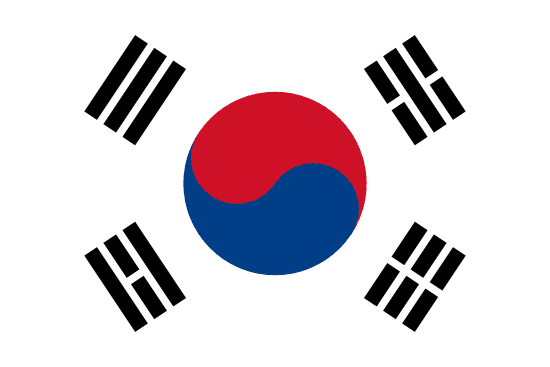"순천시, 생명이 숨쉬는 도시 | Suncheon, the city where life breathes"
About:
Suncheon, South Korea, established in the early Joseon Dynasty (14th century), has a rich history marked by cultural and natural heritage. It became a city in 1958 and has grown into an eco-friendly city with a population of over 280,000. Suncheon is renowned for its well-preserved traditional Korean houses, historic temples, and Suncheon Bay Wetland Reserve, a Ramsar site. Today, it's a significant tourist destination and is striving to become a sustainable city.
When to visit:
Suncheon, a picturesque city in South Korea, is best visited during the spring season, specifically in April and May. During this time, the city's famous Suncheon Bay National Garden is adorned with vibrant cherry blossoms and other colorful flowers, creating a stunning natural display. The weather is mild and pleasant, making it ideal for exploring the city's numerous parks, temples, and cultural attractions. Additionally, visiting during the spring festival season allows travelers to experience traditional Korean performances and events that showcase the rich local culture.
When to avoid:
Suncheon, a charming city in South Korea known for its natural beauty and cultural heritage, experiences its peak tourist season during the spring and autumn months when the weather is mild and pleasant. However, the worst time to travel to Suncheon on a holiday would likely be during the hot and humid summer months, particularly in July and August. The high temperatures and heavy rainfall during this time can make outdoor activities uncomfortable and limit the enjoyment of the city's lush landscapes and attractions. Travelers may want to avoid visiting Suncheon during these months to ensure a more pleasant and enjoyable experience.
Winter (Dec-Feb)
In Suncheon, South Korea, the coldest period falls between December and February, with average temperatures around -3°C to 5°C. Snowfall is common, making the scenery picturesque but the streets slippery. The wettest period is during the monsoon season from late June to late July. Daily rainfall can exceed 300mm, with high humidity and cloud cover reducing sunlight hours. An average day for a visitor during these periods would involve indoor activities or exploring the city under the protection of warm layers or rain gear.
Summer (June-August)
In Suncheon, South Korea, the warmest part of the year is typically from June to August, marking the summer season. The average high temperatures during this time range from 28°C to 33°C (82°F to 91°F), while the lows generally fall between 20°C to 24°C (68°F to 75°F).
Rainfall is significant in these months due to the East Asian monsoon, with July being the wettest month. The summer season can bring anywhere from 200mm to 350mm of precipitation per month.
Sunlight is abundant with an average of 5 to 6 hours of bright sunshine each day. However, the humidity is also high, often exceeding 70%, which can make the heat feel more intense.
Cloudiness varies, with some days being bright and clear while others can be overcast, particularly when the monsoon rains are heavy.
For a visitor, a typical summer day in Suncheon would be hot and humid. Mornings usually start with bright sunshine that intensifies as the day progresses. Afternoons might bring rainfall, often heavy, providing a brief respite from the heat. The high humidity can make the air feel sticky, so it's advisable to wear light, breathable clothing and stay hydrated. Despite the rain and humidity, summer is a vibrant time to visit Suncheon with its lush green landscapes and active wildlife.
Language:
In Suncheon, South Korea, the most commonly spoken language is Korean. This is the official and national language of South Korea. The local dialect of Korean spoken in Suncheon is called Jeolla dialect, which is one of the major regional dialects in Korea. Additionally, English is taught in schools and used in business settings, so it is also commonly understood.




